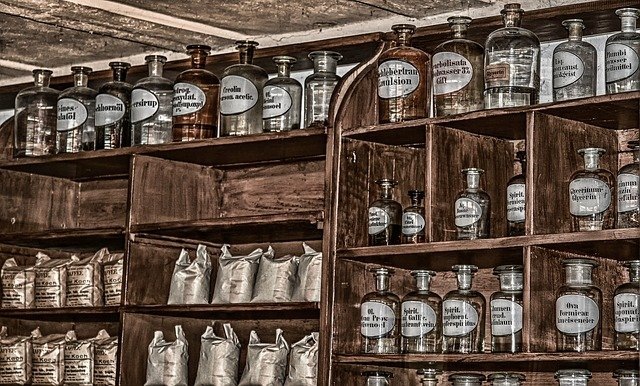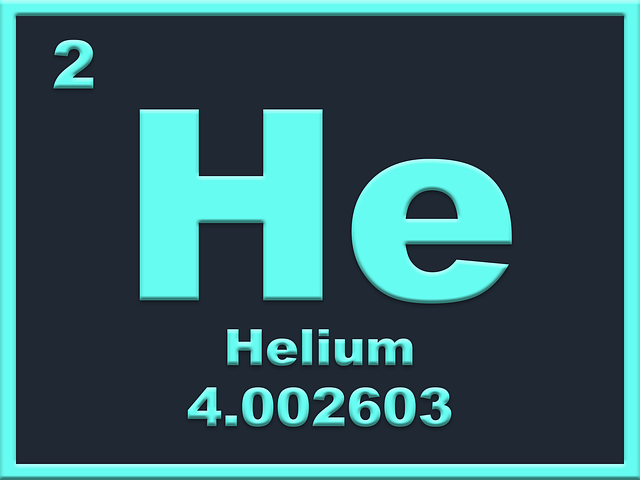Sodium is a chemical element. It has an atomic number (Z) 11. There are 12 neutrons, 11 protons and electrons in an electrically neutral sodium atom. It is represented by the symbol ''Na''. Its Latin name is ''natrium''. Its standard atomic weight is 22.98. It is an alkali metal and very reactive. It has a silvery-white metallic colour. In the Periodic table, it is located in the 1st group ( Alkali group) and in the 3rd period. It is an s-block element meaning its last electron are in the S-orbital. The electronic configuration of sodium is 1s2, 2s2, 2p6. 3s1. Sodium Oxidation states maybe −1, +1, depending on the bonding atom.
It is in the solid phase at standard temperature and pressure. The melting point of Sodium is 370.944 K ?(97.794 °C, ?208.029 °F) and the boiling point is1156.090 K ?(882.940 °C, ?1621.292 °F). The electronegativity of sodium is 0.93 (Pauling scale). There are 21 isotopes of Sodium in which Sodium-23 is the only stable isotope the are radioisotopes.
It is found in minerals like sodalite, feldspars, and Halite. It was discovered and isolated by Humphry Davy in 1807. It is an essential element for animals as well as plants.
How many valence electrons does sodium have?
The atomic number of sodium is 11. And its electronic configuration is [Ne] 3s1. It has one electron in its valence shell. Sodium has one valence electron.
What is sodium hydroxide?
Sodium hydroxide is a chemical compound (inorganic compound) with a chemical formula NaOH. He is also called lye or caustic soda. The sodium hydroxide is an ionic compound with a sodium cation (Na+) and hydroxide anion (-OH). It is used in pH demonstration. It is very corrosive in nature and can decomposes protein. It absorbe moisture and carbon dioxide from air on exposure. It is extensively used in different chemical industries such as Paper, textile and soap industry.
It is colourless crystalline and has very low solubility in non polar and organic solvents.





